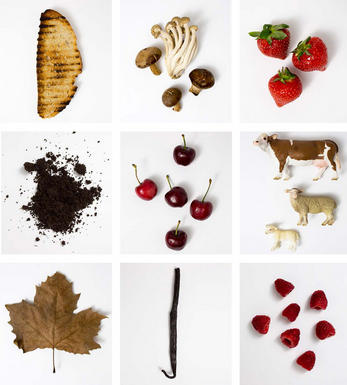
2012 Grands Echezeaux, Grand Cru, Domaine Gros Frère & Soeur, Burgundy

About this WINE

Gros Frere et Soeur
The famile Gros has been producing wine in Vosne-Romaneé for over 160 years. Domaine Gros-Renaudot, as their domaine was known as, included significant holdings in the Grand Crus of Richebourg, Clos de Vougeot, Grand Échézeaux, and Échézeaux.
In 1963 the Estate was divided into 4 parts, and 2 of these were combined to create Domaine Gros Frère et Soeur. The domaine is run by Bernard Gros, one of Jean Gros’ children, though the name and the holdings come from Jean’s brother and sister, Gustave and Colette Gros.
A significant portion of the estate has been replanted relatively recently, from the mid-1980s onwards, when Bernard took over from his uncle Gustave, which explains the declassification of some of the grand cru holdings into lesser appellations, and the use of the must-concentrating machine shared with Domaine Michel Gros.
The wines are vinified in cement vats and are then matured in oak casks (100% new for the Grand Crus, and 50% for the Premier Crus). New oak is used lavishly imparting a glossy overlay to those wines with enough fruit to stand up to this treatment. The wines tend to be deeply coloured, richly aromatic on the nose and full-bodied on the palate.
Jasper Morris MW, Burgundy Wine Director and author of the award-winning Inside Burgundy comprehensive handbook.

Grands Echézeaux
Located in the larger Côte de Nuits sub-region of Burgundy, Grands Échezeaux is renowned for producing exceptional Pinot Noir wines with a rich history and a reputation for elegance and complexity.
The vineyard benefits from a diverse terroir that includes variations in soil types, exposure to sunlight, and elevation, contributing to the complexity and character of the wines produced here. It is divided among several wine producers, each with a distinct style and approach to winemaking. Some of the most notable producers include Domaine de la Romanée-Conti (DRC), Domaine Mongeard-Mugneret, Domaine Anne Gros, and Domaine de la Vougeraie.
The wines are known for their depth, complexity, and elegance. They often exhibit a dark ruby colour and aromas of red and black fruits, such as cherries, raspberries, and sometimes even darker notes, like blackberries. Floral notes, earthy undertones, and subtle spices are also commonly found in these wines. They typically offer a harmonious balance of fruit, acidity, and refined tannins on the palate, allowing them to age gracefully over time.
Like many premium Burgundy wines, Grands Échezeaux has the potential to age and develop beautifully over the years. Properly cellared bottles can evolve to reveal more complex and nuanced characteristics, making them highly sought-after.

Pinot Noir
Pinot Noir is probably the most frustrating, and at times infuriating, wine grape in the world. However when it is successful, it can produce some of the most sublime wines known to man. This thin-skinned grape which grows in small, tight bunches performs well on well-drained, deepish limestone based subsoils as are found on Burgundy's Côte d'Or.
Pinot Noir is more susceptible than other varieties to over cropping - concentration and varietal character disappear rapidly if yields are excessive and yields as little as 25hl/ha are the norm for some climats of the Côte d`Or.
Because of the thinness of the skins, Pinot Noir wines are lighter in colour, body and tannins. However the best wines have grip, complexity and an intensity of fruit seldom found in wine from other grapes. Young Pinot Noir can smell almost sweet, redolent with freshly crushed raspberries, cherries and redcurrants. When mature, the best wines develop a sensuous, silky mouth feel with the fruit flavours deepening and gamey "sous-bois" nuances emerging.
The best examples are still found in Burgundy, although Pinot Noir`s key role in Champagne should not be forgotten. It is grown throughout the world with notable success in the Carneros and Russian River Valley districts of California, and the Martinborough and Central Otago regions of New Zealand.


Buying options
Add to wishlist
wine at a glance
Delivery and quality guarantee